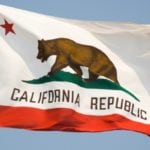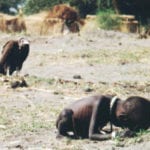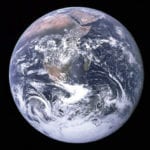 Food
Food  Food
Food  History
History 10 Odd Things Colonial Americans Kept at Home
 Weird Stuff
Weird Stuff 10 Superstitious Beliefs That Once Consumed Entire Cultures
 History
History 10 Bizarre Friendly Fire Incidents in Military History
 Technology
Technology 10 Modern Technologies That Accidentally Imitate Ancient Magic
 Mysteries
Mysteries 10 Mysteries of the Human Genome
 Weird Stuff
Weird Stuff 10 Things So Rare They’ve Only Been Found Once
 History
History 10 Legends Whose Last Moments Undid Their Glory
 Health
Health 10 Futuristic Ideas to Treat Common Medical Problems
 Weird Stuff
Weird Stuff Ten Surreal Attempts to Reverse Baldness
 Food
Food 10 Everyday Foods You Didn’t Know Were Invented by the U.S. Military
 History
History 10 Odd Things Colonial Americans Kept at Home
 Weird Stuff
Weird Stuff 10 Superstitious Beliefs That Once Consumed Entire Cultures
Who's Behind Listverse?

Jamie Frater
Head Editor
Jamie founded Listverse due to an insatiable desire to share fascinating, obscure, and bizarre facts. He has been a guest speaker on numerous national radio and television stations and is a five time published author.
More About Us History
History 10 Bizarre Friendly Fire Incidents in Military History
 Technology
Technology 10 Modern Technologies That Accidentally Imitate Ancient Magic
 Mysteries
Mysteries 10 Mysteries of the Human Genome
 Weird Stuff
Weird Stuff 10 Things So Rare They’ve Only Been Found Once
 History
History 10 Legends Whose Last Moments Undid Their Glory
 Health
Health 10 Futuristic Ideas to Treat Common Medical Problems
 Weird Stuff
Weird Stuff Ten Surreal Attempts to Reverse Baldness
10 Neat Stories Behind Some Of The World’s Best Forgers
Now, we already covered stories about bad choices people make when it comes to spending their money, when we discussed some of the largest bills ever recorded. Now it’s time to flip that idea on its head and delve into some of the bad choices available when it comes to making money—literally.
10 The Counterfeiter Who Signed His Own Forgeries
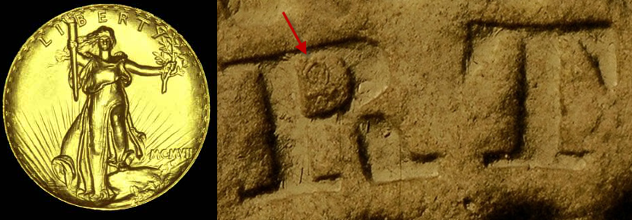
…and still got away with it.
Forging coins may not seem like the best way to make money, but that all depends on which coins you decide to copy. Though you’ll likely never break the bank ripping off dimes, there are several coins out there that are worth a pretty penny. For example, consider the 1933 double eagle $20 coin, which can be worth millions to the right collector.
A forger known only as “The Omega Man” (although it might well be an Omega Woman) has been known to produce near exact replicas of this coin. Near exact? Actually the coins are indistinguishable—except for a single mark The Omega Man actually intentionally adds to the coin as a trademark. The mark is a tiny omega symbol, visible only under a microscope. This mark is seen as an example of The Omega Man’s arrogance, since without the mark, even coin experts can’t tell the difference.
In fact, the copies are so accurate and detailed, some collectors will knowingly pay thousands of dollars for his copies, which is a fairly huge feather The Omega Man can put in his or her hat, in case the millions of dollars’ worth of forged coins aren’t enough. But not everyone who forges coins gets away with it, just ask . . .
9 The Kids Who Made Coins From Toy Soldiers
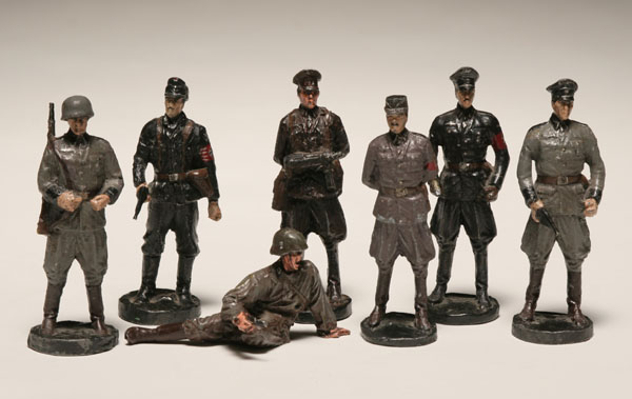
Forging coins isn’t a very efficient way to make money by our standards, however, to a child, a pocket full of shiny new coins is like being a millionaire. So can you really blame children for trying to make their own?
Apparently you can, because in 1962 when three Tennessee kids aged between 14 and 17 tried experimenting with making their own coins by melting down their lead toy soldiers, the government put a stop to it before they even got a chance to spend one. All three were tried in juvenile court. In fact, the government took it so seriously that the Secret Service ended up getting involved. Then again, the kids were also arrested for robbery, so maybe the police did the right thing by cracking down on them early.
8 The Artist Who Painted His Own Money
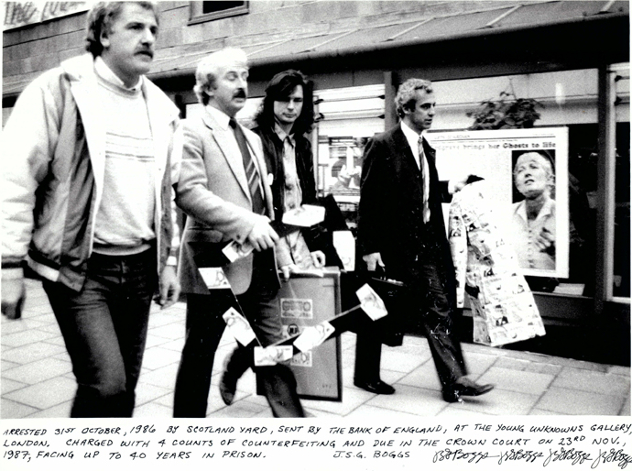
Imagine for a second that you could write down a number on a piece of paper and the piece of paper would magically become worth that amount. Welcome to the world of artist J.S.G. Boggs.
Boggs’ forte is hand-drawn reproductions of American currency—artworks which he then trades for goods and services. The story goes that in 1984, Boggs was sitting in a café, innocuously doodling an image of a dollar bill on a napkin, when a waitress picked it up, assuming it was to pay for his coffee. Since that day Boggs has traveled the world trading his “money” for everything from meals to hotel stays.
As you’ve probably guessed from the fact the US government will arrest children, Boggs’ life hasn’t been made easy by authorities. However, since nothing he’s doing is technically illegal (since he isn’t trying to pass the money off as real) it’s proven very hard to make anything stick.
In fact, since becoming famous, some of Boggs’ notes are worth more than the value he writes on them. Take that, America!
7 The Forger Who Took On Newton

Sir Isaac Newton is one of the finest minds the world has ever known, but few people know that along with formulating the basic ideas behind gravity and fabulous hair, he was also engaged in a drawn-out battle of wits with a forger, during his tenure at the Royal Mint.
As a bigwig at the Mint, Newton was naturally going to dislike someone who made his job harder, but his feud with the forger William Chaloner went far beyond that. Known as one of the finest forgers in Britain, Chaloner used the vast amounts of money he earned to turn himself into a gentlemen about town, despite having no visible signs of legal income. If that wasn’t brazen enough, he also once offered his services to the mint in a failed attempt to learn their secrets.
When Chaloner was arrested personally by Newton, he pulled some strings and immediately got himself set free. Always one to push his luck, Chaloner then took to making fun of Newton, essentially calling him a fraud in pamphlets paid for out of his own pocket. Enraged by his attitude and the slight against his name, Newton dedicated an entire year and a half to building an airtight case against Chaloner, a case which eventually led to his execution.
6 The Good Samaritan Counterfeiter

Most counterfeiters choose that life out of greed, because, well, why would you choose to make your own money unless you wanted more of it? Art Williams, on the other hand, was a counterfeiter just for the fun of it.
Though he’s famously known for producing $100 bills on par with the “supernote,” a legendary note identical in every way to a real $100 bill, it’s a lesser known part of his life we’d like to focus on. Though his notes were indeed of a remarkable quality, it’s what he did with them that’s really noteworthy.
Williams would use his fake notes to buy hundreds of dollars’ worth of supplies and goods, which he’d then immediately give to charity. However, the rainbow road could only go on for so long and Art was eventually arrested. Unfortunately, a 2002 interview in which he expressed pride in his charitable actions actually ended up getting him an even harsher sentence, because it showed a lack of remorse for what he’d done. The lesson here being “never help anyone.”
5 The Accidental Counterfeiter
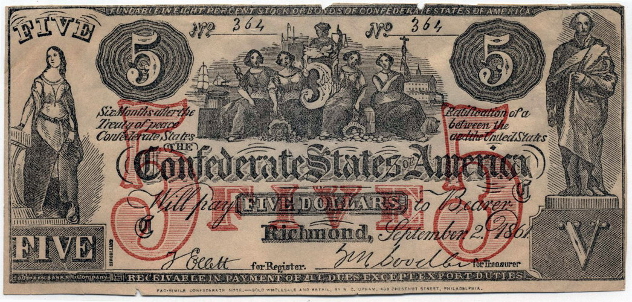
Counterfeiting is a crime that requires careful planning, tons of supplies and a detailed knowledge of exactly what it is you’re supposed to do. No one could just stumble and trip into a counterfeiting scheme, could they? The answer, of course, is “yes.”
This story takes place during the American Civil War and stars one Samuel Curtis Upham. Known, hilariously, as “Honest Sam Upham,” this man was responsible for accidentally flooding the confederacy with thousands of fake banknotes. How? Well, when the war erupted, old Honest Sam wanted to make a quick buck and decided to make fake versions of the confederacy $5 bill, as a novelty item, to really stick it to them. However, Upham’s bill turned out pretty realistic, and people soon realized that they could cut off the disclaimer Upham had included on the bill and spend it.
After his $5 bills sold out, Upham decided to try again with $10 bills, because novelty notes only get funnier in higher denominations. When Upham finally realized his mistake, he decided to continue anyway, since he was effectively devaluing the Confederacy’s money.
Upham actually got so good that by the end of the war his notes were virtually identical to the real ones, and in an attempt to combat him, the Confederacy made counterfeiting punishable by death. Since Upham wasn’t a citizen of the Confederacy, this did precisely nothing to stop him.
4 The Lady Who Made Money In Her Kitchen

Though forging and counterfeiting is historically a huge sausage-fest, there are some women who stand out from the crowd. Among them is Mary Butterworth, a lady who became a veritable counterfeiting kingpin (queenpin?) all from her kitchen.
Butterworth’s method was simple: Using nothing more than a clothes-iron and a pen, she was able to transfer the image of a bill onto a piece of paper, which she then detailed in at her own leisure. Far from being a two-bit operation: By 1723, Butterworth had expanded her counterfeiting business to include half of her freaking family.
And, unlike virtually everyone else on this list, Butterworth was never caught. When the police raided her home after seven years of churning out fake notes, they saw nothing suspicious (you can’t arrest someone for owning an iron). Butterworth thanked her stars and retired from her life of crime, living to the ripe old not-in-jail age of 89.
3 The Failed Nazi Scheme

As a reader of Listverse you’re likely well aware that the Nazis were ingenious and insane in equal measures when it came to thinking of ways to screw over their enemies. Perhaps one of the most cunning plans of all was Operation Bernhard: a plot to ruin the British economy by pumping millions of pounds in fake money into the UK.
Before this could happen though, British spies managed to get news of the plan to Blighty. In response, all notes valued over five pounds were withdrawn from circulation when the first few fake notes were discovered, effectively killing the plan at its roots. Towards the end of the war, with nowhere left to send the notes, the Nazis unceremoniously dumped the majority of them into Lake Toplitz.
If you’re curious about how close to the real thing the notes were, the few that made it to the UK were noted to be of an exceptional quality. Which is something, we guess.
2 The Inkjet Counterfeiter
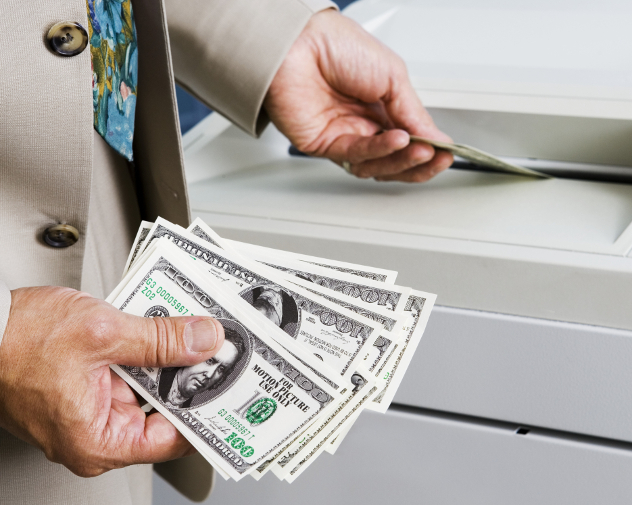
“The Inkjet Counterfeiter” is the nickname given to Albert Edward Talton, a man who, using an inkjet printer, some know-how and a little elbow grease, pumped seven million fake dollars into the US economy in the mid-2000s.
He used a multi-stage process of impressive intricacy, with only one major flaw—all the notes had the same serial number. And yet he did all this with a printer you could buy at the store for 200 bucks.
What helped Talton get away with it was his dedication to experimentation. Early in the process, Talton discovered that real $100 bills turned yellow when marked with a counterfeit-testing pen; since most retailers checked this and nothing else, that was really the only thing he needed to nail to make his fakes convincing. So, Talton went out and bought a counterfeit-testing pen and began wiping it over every piece of paper he came across. If you’re curious about the magic substance Talton found that would fool a counterfeit pen, it was toilet paper. Or more precisely, recycled paper.
Once he had this information, Talton then bought as many printers as he could fit in his house and began literally printing out his own money. His own, toilet-paper quality, inkjet-printed money. Wow, is counterfeiting money really this easy?
1 The Old Man Who Drew His Own Dollars
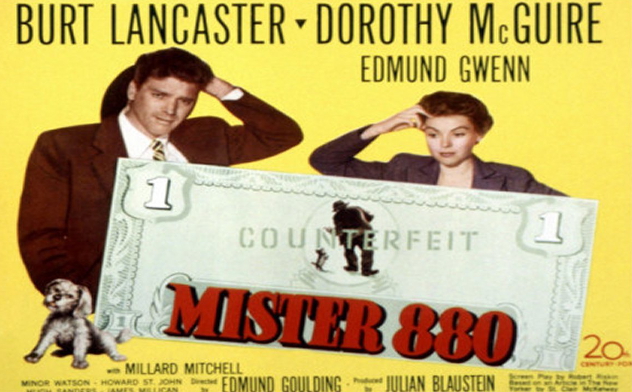
Though we’ve already covered Boggs and his incredibly intricate artistic interpretations of money, we also wanted to mention about Edward Mueller. Unlike Boggs, who created his money out of curiosity, Mueller created his out of necessity. We’d also make the argument that Mueller’s story is far more adorable.
Whereas this list is full of people who spent hours painstakingly recreating notes with perfect precision, Mueller’s notes were described as “laughably fake” by the Secret Service—to the point that he may as well have drawn them in crayon. Regardless, he remains the forger with the longest active career in American history, from 1938–1948. So yeah, swivel on that, everyone else on this list.
Because Mueller only copied singles, and only spent them one at a time during busy hours, tracing him proved next to impossible. Also, since his copies were drawn on regular old paper anyone could buy, tracking him down through his suppliers was also out of the question. This allowed Mueller to pass off one or two of his fake notes when times got particularly rough, without being caught.
Over the years, the 62-year-old Mueller’s notes become noticeably poorer in quality, as his equipment became damaged. Eventually, a botched attempt at repairing it resulted in notes spelling Washington as “Wahsington” (d’awww). Even more hilariously, when the government eventually bothered to track down this elusive criminal, hundreds of people coming across his notes actively chose to keep them as souvenirs, rather than handing them in. Which no doubt allowed him to keep on living his quiet, harmless life a few years longer.
However, all good things must come to an end, and Mueller was eventually caught when his home burnt down and his equipment was discovered by some children. His punishment? A year and a day in jail, and amusingly considering his crime, a $1 fine. But his story doesn’t end there—after 20th Century Fox heard Mueller’s story, they immediately bought the rights to it, paying Mueller a sum large enough for him to live on for the rest of his life.
There, don’t you feel better knowing that happened?
Karl has Twitter and enjoys long walks on the beach with his book of clichés.


